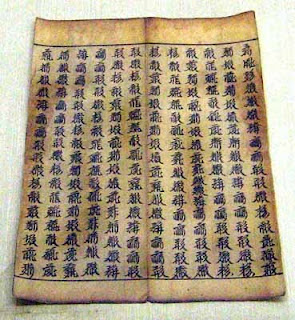Mongolia | Chingis Rides West | Xi Xia | Tanguts

With the Uighurs Securely in His Corner Chingis was ready to launch a full-scale invasion of Xi Xia. The people of Xi Xia, known as Tanguts, founded the Xi Xia Dynasty, or “Great State of White and High,” in 1038. The Tanguts were a people of Tibeto-Burman extraction who had developed a prosperous agrarian and livestock breeding culture and occupied well-fortified towns and cities. They aspired to some level of culture and soon developed their own Writing System , based on Chinese ideograms, which they used to translate both Tibetan Buddhist texts and the Chinese Classics. While espousing Chinese culture they also practiced Tibetan-style Vajrayana Buddhism. They also maintained a large army and at their height were one of the strongest military powers in Inner Asia. Like the Uighurs they sat astride the Silk Road, controlling the vital Gansu Corridor, a narrow strip of land between the rugged mountains to the south and the inhospitable deserts to the north through which Silk Road cara...




